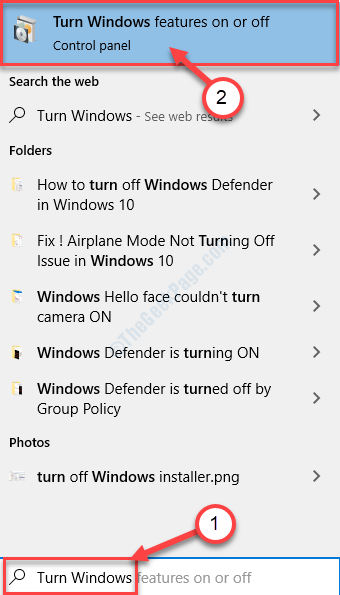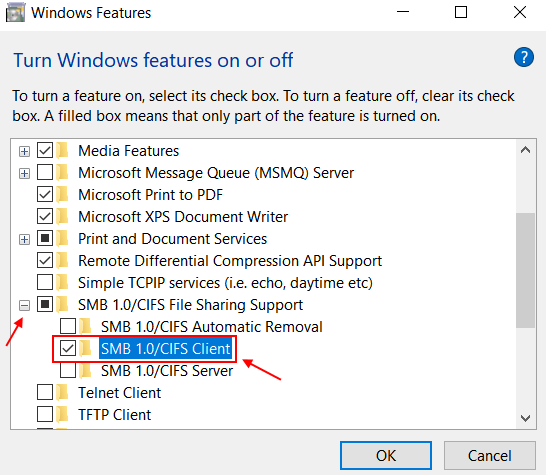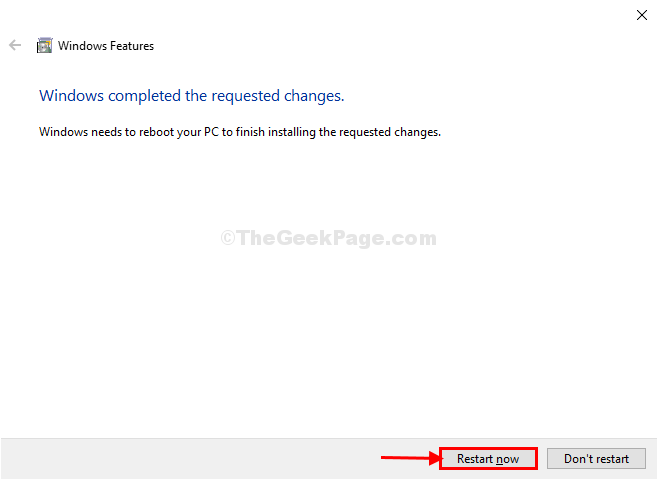Are you facing ‘Can’t connect to File Share. This share requires obsolete SMB1 Protocol‘ message when you are trying to access a remote file share? If you are, then the problem is happening because the particular remote server you are trying to connect uses SMB1 protocol to share which has become obsolete (Windows 10 default is set to follow SMB2 protocol or above). But, SMB1 protocol included in Windows optional features for the users just like you who can enable if necessary. Follow these fixes and you will be easily able to connect to remote file share server.
Fix-1 Enable SMB1 from Windows Features-
In Windows Features you can enable this feature.
1. Click on the search box and type “Turn Windows“.
2. Then, click on “Turn Windows features on or off” in the elevated search result.

Windows Features window will be opened.
3. In the Windows Features window, scroll down , and just click on plus icon beside SMB 1.0/CIFS File Sharing Support to expand . Now, check SMB 1.0/CIFS Client.
4. Click on “OK“.

Wait for a while as Windows will enable this feature on your computer.
4. You need to click on “Restart now“.

After restarting your computer, try to use the same file share feature again on your computer.
Your problem should be solved.
Fix-2 Enable SMB1 protocol from Windows Features-
If enabling SMB1 protocol from Windows Features has not worked out for you, you can easily enable the same from the Powershell window.
1. Press Windows key+X and click on “Windows PowerShell (Admin)” on the elevated utility list.
PowerShell window with administrative rights will open.

2. To get the SMB1 protocol and then enable it on your device, copy-paste this command and hit Enter.
Get-WindowsOptionalFeature –Online –FeatureName SMB1Protocol
Enable-WindowsOptionalFeature -Online -FeatureName SMB1Protocol

Wait for a while as your Windows will enable SMB1 protocol on your computer.
Once you have executed the commands in Powershell window, close Powershell.
Reboot your computer.
After restarting your computer, try to connect to the server again.
Your problem should be solved.